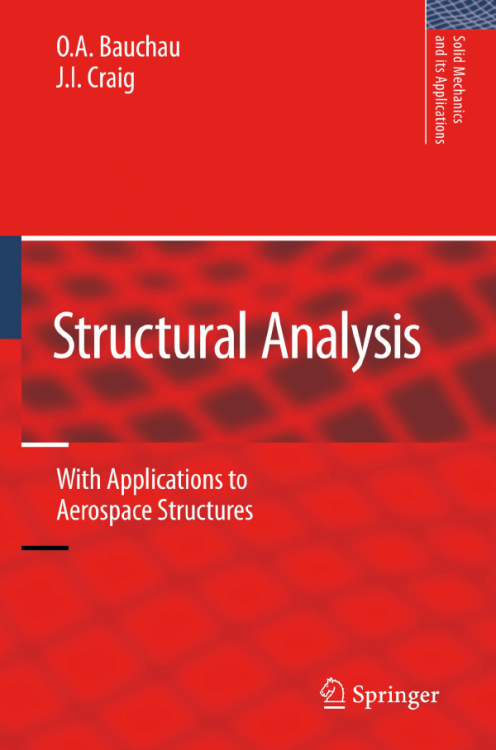Kami menggunakan cookies untuk membuat pengalaman Anda lebih baik. Untuk mematuhi petunjuk e-Pribadi yang baru, kami perlu meminta persetujuan Anda untuk menyetel cookies. Pelajari lebih lanjut .
Structural Analysis With Applications to Aerospace Structures
Engineered structures are almost as old as human civilization and undoubtedly began with rudimentary tools and the first dwellings outside caves. Great progress has been made over thousands of years, and our world is now filled with engineered structures from tures from nano-scale machines to soaring buildings. Aerospace structures ranging from fragile human-powered aircraft to sleek jets and thundering rockets are, in our opinion, among the most challenging and creative examples of these efforts.
- Baca | Unduh PDF
- Structural Analysis With Applications to Aerospace Structures
Engineered structures are almost as old as human civilization and undoubtedly began with rudimentary tools and the first dwellings outside caves. Great progress has been made over thousands of years, and our world is now filled with engineered structures from tures from nano-scale machines to soaring buildings. Aerospace structures ranging from fragile human-powered aircraft to sleek jets and thundering rockets are, in our opinion, among the most challenging and creative examples of these efforts.
The study of mechanics and structural analysis has been an important area of engineering over the past 300 years, and some of the greatest minds have contributed to its development. Newton formulated the most basic principles of equilibrium in the 17th century, but fundamental contributions have continued well into the 20th century. Today, structural analysis is generally considered to be a mature field with
well-established principles and practical tools for analysis and design. A key reason for this is, without doubt, the emergence of the finite element method and its widespread application in all areas of structural engineering. As a result, much of today’s emphasis in the field is no longer on structural analysis, but instead is on the use of new materials and design synthesis.

